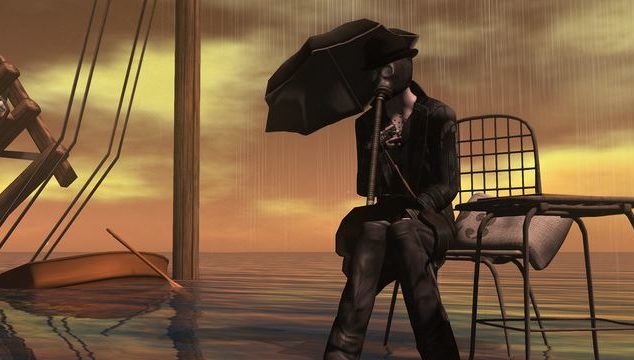It’s fair to say that player- and character-driven roleplaying has moved on since previous editions, and Unknown Armies 3 has been brought up to date with a bang.
The focus throughout this site will be on the third edition (UA3). You won’t need prior knowledge of the game system or setting. If you are familiar with earlier versions, here are the main differences in a nutshell.
The rules have changed
The basic resolution mechanics are essentially the same as in previous editions: you always roll against a target on a percentile scale, and you can still benefit (or suffer) from flip-flops, matched rolls and criticals (including fumbles).
But there are some quite fundamental rules differences from previous editions. For example:
- Characters are generated as part of a collaborative world-building process.
- Identities and abilities (derived from shock gauges) replace the skills system.
- All characters begin with a hardened notch in each of their shock gauges, including Unnatural. There are no innocents any more.
- Characters don’t accumulate and spend experience points to advance.
- Groups of player characters (the cabals) have explicit, measured objectives that drive group plans.
There are many other tweaks and changes to the rules. But even just these point towards a different feel for Unknown Armies 3.
- It seems set up for longer-form play, rather than one-shot games (though I do want to test the system for this).
- The system prioritises group success, but narrative is still character-driven.
- It pushes away from street level (or mundane) adventures.
- It pushes towards deeper entanglement with the occult underground.
When interpreting rules, I’ll be treating previous editions as advisory, rather than canonical. When I do fall back to them, it will most likely be to see how they deal with situations that are confusing in UA3. I also expect most compatibility to be with specific spells, rituals and artefacts.
The world has changed
As well as revised rules, Unknown Armies 3 comes with an updated setting.
On a basic level, it has a 21st century feel, and not only because of the presence of network and mobile technologies. The game feels like it’s better equipped to handle a different political backdrop, including populism and terrorism.
It’s not simply that the time has passed though. March 3, 2003 happened. And the world has moved on.
The Invisible Clergy has been shaken up. Some Archetypes have become obsolete, and their Avatars replaced.
Cults, organisations and agencies reflect the shifts in the balance of cosmic power.
Magickal schools may be least affected in the third edition. New ones are detailed, but that doesn’t mean previously detailed schools are redundant.
For the setting, I’ll be treating previous editions mostly as historical sourcebooks.
